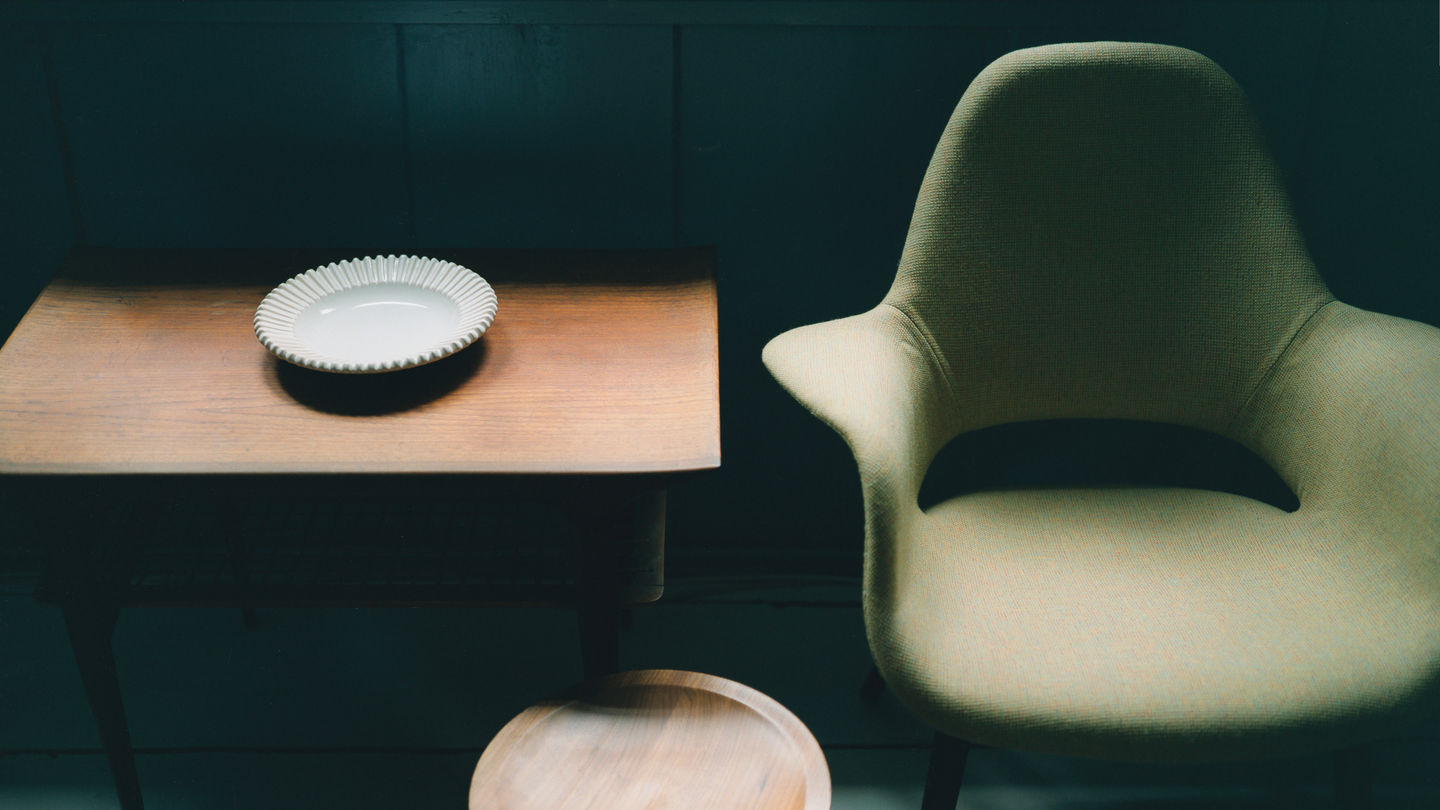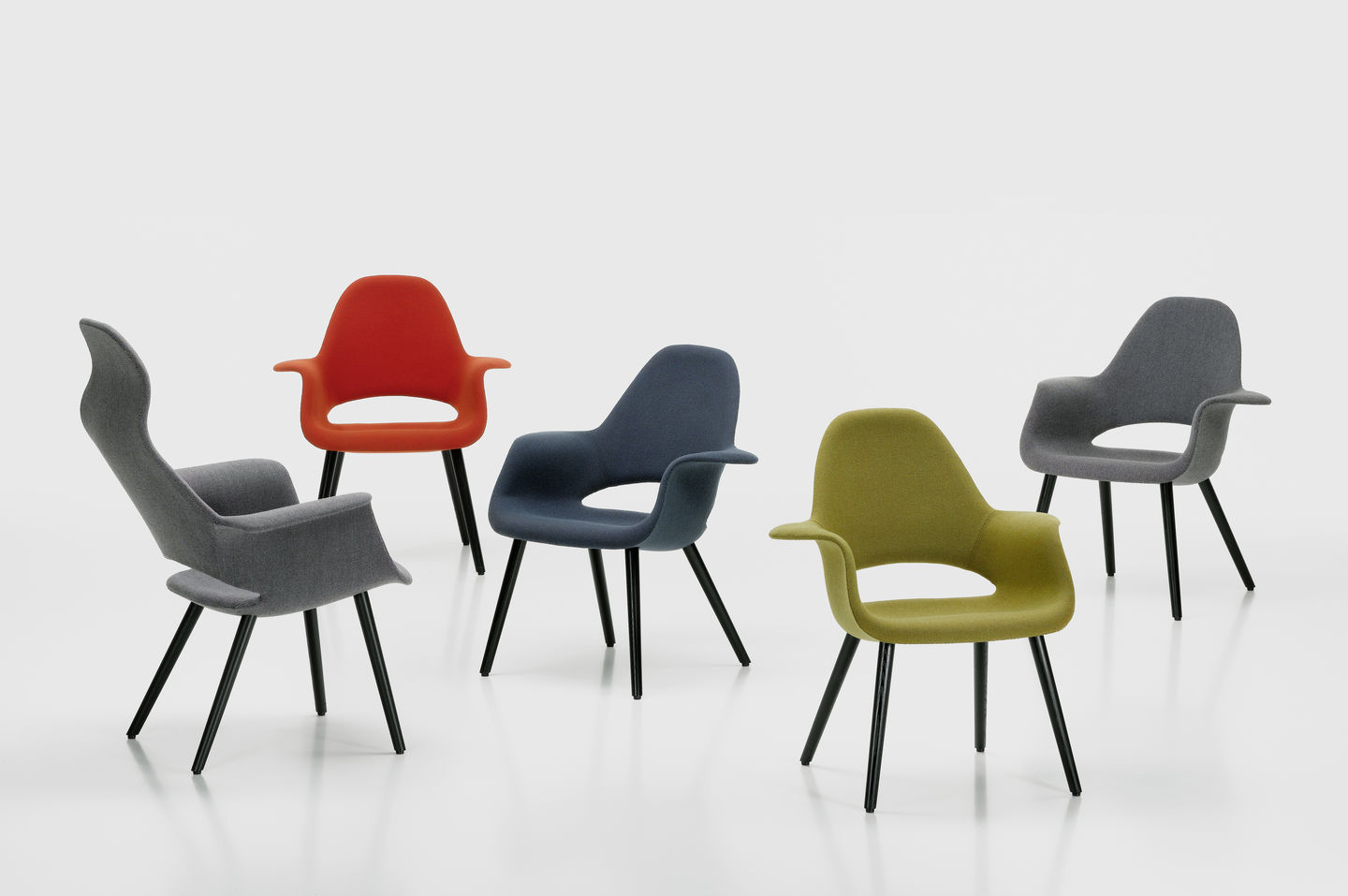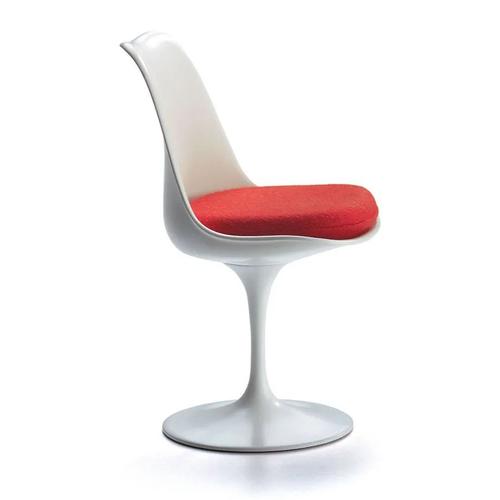



淘博工业设计公司是一家专业的工业设计公司,致力于为客户提供全方位的设计服务

美籍芬兰裔建筑师。1910年生于芬兰,13岁时随父埃里尔·萨里宁移居美国。1934年毕业于耶鲁大学建筑系,之后得奖学金旅欧学习二年。回国后随父从事建筑实践,1941年起与父在密执安州安阿伯合开建筑师事务所,直到1950年父逝。以后在密执安州伯明翰继续开业。曾与父同设计了不少重要建筑,50年代中发展更快。其设计风格清新、个性突出、造型独特、有创造性。前期曾追随密斯的有古曲风格的、技术精美的现代建筑,后期则倾向于多变的空间组织与有力的结构表现,作品中还反映了少年时受到雕塑训练的影响。代表作有圣路易市杰弗逊国家扩展纪念门(1949年)、密执安州华伦市的通用汽车公司技术中心(1955年)、耶鲁大学冰球馆(1958年)、纽约环球航空公司候机楼(1962年)等。曾获多次设计奖,死后一年还得美国建筑师协会金质奖
Charles Eames, born 1907 in St. Louis, Missouri, studied architecture at Washington University in St. Louis and opened his own office together with Charles M. Gray in 1930. In 1935 he founded another architectural firm with Robert T. Walsh. After receiving a fellowship in 1938 from the Cranbrook Academy of Art, he moved to Michigan and assumed a teaching position in the design department the following year. In 1940 Eames became head of the department of industrial design at Cranbrook.

Eero Saarinen, born in 1910 in Kirkkonummi, Finland, as the son of the architect Eliel Saarinen, studied sculpture in 1929 and 1930 at the Académie de la Grande Chaumière in Paris before studying architecture at Yale University in New Haven until 1934. A Yale fellowship enabled him to travel to Europe. In 1936, he returned to the USA and worked in his father’s architectural practice and also taught at Cranbrook Academy in Bloomfield Hills. It was here that Eero Saarinen met Charles Eames. Together they experimented on new furniture forms and produced the first designs for furniture made from moulded plywood.
In 1940, they submitted the Organic Chair as a joint entry to the “Organic Design in Home Furnishings” competition held by the Museum of Modern Art in New York.


Mid-century modern – this term stands for probably the most creative, and undoubtedly the best known and most influential era in the history of American design. The Organic Chair is a rediscovered early masterpiece from this period.
Inspired by modern European furniture, American designers such as Charles und Ray Eames, George Nelson, Isamu Noguchi and Alexander Girard, as well as Eero Saarinen, Harry Bertoia, Florence Knoll, Jens Risom and George Nakashima combined functionality with formal elegance to create a unique style in the 1940s and 1950s. Compared to the rather cold and austere look of early modernism, mid-century modern design has a more attractive and casual appearance suited to human needs. Its vibrant optimism catches the mood of our time, explaining its lasting popularity, which has seen significant growth over recent years.

However, as the young designers soon discovered, the technology required for the three-dimensional moulding of plywood shells was not yet available. While it was possible to produce shells manually for the prototypes, it became clear that considerable technical advancements would be necessary before the chair could be mass produced.
Recognising the innovative, ground-breaking approach adopted by Eames and Saarinen, MoMA’s jury of experts – which included Marcel Breuer and Alfred Barr, the founding director of the museum – awarded their design first prize. The museum also pledged its assistance in finding a manufacturer and further pursuing the technical development of the chair. However, when the USA entered the Second World War after the attack on Pearl Harbor in 1941, the furniture industry also had to divert its resources to the war effort.
Work on the Organic Chair came to a standstill, and the team of Eames-Saarinen was dissolved. The two men remained friends but went their separate ways on a professional level. Charles Eames married Ray Kaiser and moved to California, where the couple continued experimenting with the three-dimensional moulding of plywood on their own. These efforts culminated in the development of the Eames Plywood Chairs in 1945. Eero Saarinen’s furniture designs from the early 1940s relied on conventional production technology, while he concentrated more intently on his career as an architect. The Organic Chair therefore gradually drifted out of its authors’ focus and was largely forgotten for a number of years.
Saarinen Executive Armless Chair 是二十世纪五十年代的设计,出自埃罗·沙里宁(Eero Saarinen)之手。不得不说这款餐椅优雅至极,不管从哪个角度看都无可挑剔,这也是它历经数十年依旧受欢迎的原因吧。
埃罗·沙里宁(Eero Saarinen,1910-1961)出生于芬兰的赫尔辛基,13岁时随父亲移居到美国,在克兰布鲁克艺术学院附近长大,他曾跟随父亲学习建筑设计,在校期间结识了伊姆斯、诺尔等,后来他前往耶鲁大学学习建筑,并于1934年毕业。大学毕业后,Eero Saarinen开始周游欧洲、北非。1937年小沙里宁有回到克兰布鲁克,和父亲共同创立了建筑事务所,并且时常在艺术学院任教。1950年父亲去世后,Eero Saarinen成立了自己的事务所并于同年设计了这款餐椅。
和许多餐椅一样,沙里宁餐椅也是没有无扶手的,Saarinen Executive Armless Chair 流畅的椅身线条与纤细的不锈钢椅腿打造了轻盈外观,提升餐厅格调的同时给您带来轻松落座的愉悦!

相关案例欣赏/作品欣赏请阅读浏览
客服电话:137-5718-6821
工作时间:9:00-18:00 (工作日)
提交建议
 浙公网安备33010602000906号
浙公网安备33010602000906号